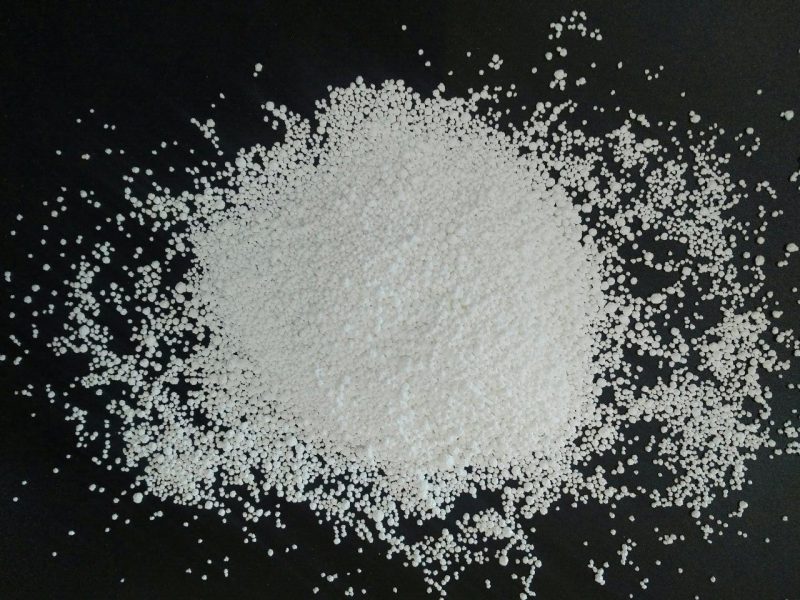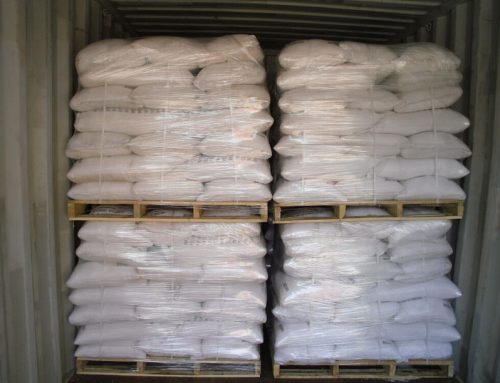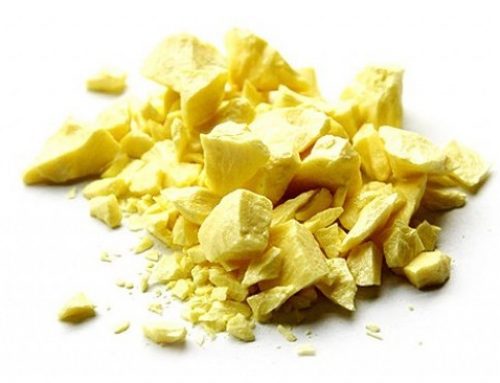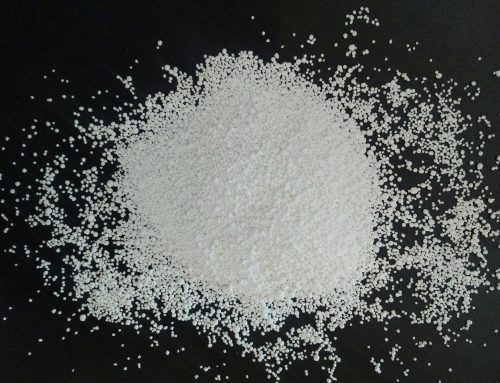How Does Calcium Chloride Work?
Calcium chloride, known chemically as CaCl2, is an inorganic salt. It is a colorless liquid or whitish granules, powder or flakes. It has a salty taste, but you cannot smell any odor. Calcium chloride is soluble in water and composed of calcium and chlorine. It occurs naturally in the sea, and is available in limestone. Uses include food preservation, medicine, industry, transportation and agriculture. Calcium chloride is used in de-icing products applied to your walkways in winter and also to roads and aircraft. It melts ice by generating heat as it dissolves.
Preserves Food
In food processing calcium chloride helps to keep your foods firm. For example, it helps form solid cheese and tofu, preserves frozen food, and canned fruit and vegetables. Calcium chloride keeps your packaged foods dry, as it can absorb a lot of moisture. When added it slightly increases the calcium content of food. If sprayed on live crops and fresh produce, it acts as a preservative by maintaining the calcium content of your fruits or vegetables. This helps maintain cellular structure and crispness. Calcium chloride can replace salt in food processing to lower sodium content.
Physiological Effects
Calcium chloride breaks down into calcium and chloride ions in your body. Calcium is important physiologically for healthy nerves, muscles and bones. A lack of calcium can reduce the signals going from your brain to your muscles. As a result muscles can become weak and your heart may beat irregularly. Chloride ions regulate the pH balance of the blood and help to control your body fluid levels. Calcium chloride is an electrolyte added to sports drinks to replenish the minerals you lose through sweating. Dehydration can lead to chloride loss. Electrolytes are minerals with an electrical charge and are vital to functions in your body.
Medical Uses
An intravenous form of calcium chloride is effective medically. It can treat hypocalcaemia, or low blood calcium, by increasing your calcium levels. Calcium chloride used intravenously can also treat hyperkalemia, high blood levels of potassium, by normalizing the voltage of your cells. Under normal conditions more potassium exists inside of your cells than outside. In hyperkalemia, too much potassium is outside of your cells. When calcium chloride is given it shifts the voltage of the cell allowing potassium to re-penetrate cells in the body.
Side Effects
Calcium chloride can cause health problems. This chemical works by creating an exothermic chemical reaction, releasing heat. Therefore, calcium chloride can burn your skin, eyes or other bodily tissues. It can cause irritation of your digestive or respiratory tracts and may trigger asthma. If a health care worker, you must be careful when giving intravenous injections of calcium chloride as it may damage veins. Too much calcium chloride given internally causes fainting due to lowered blood pressure. Only food-grade calcium chloride is safe for internal use, as it is a purer form. This combination is lethal in doses of 1000 mg/kg given orally to rats.








Leave A Comment